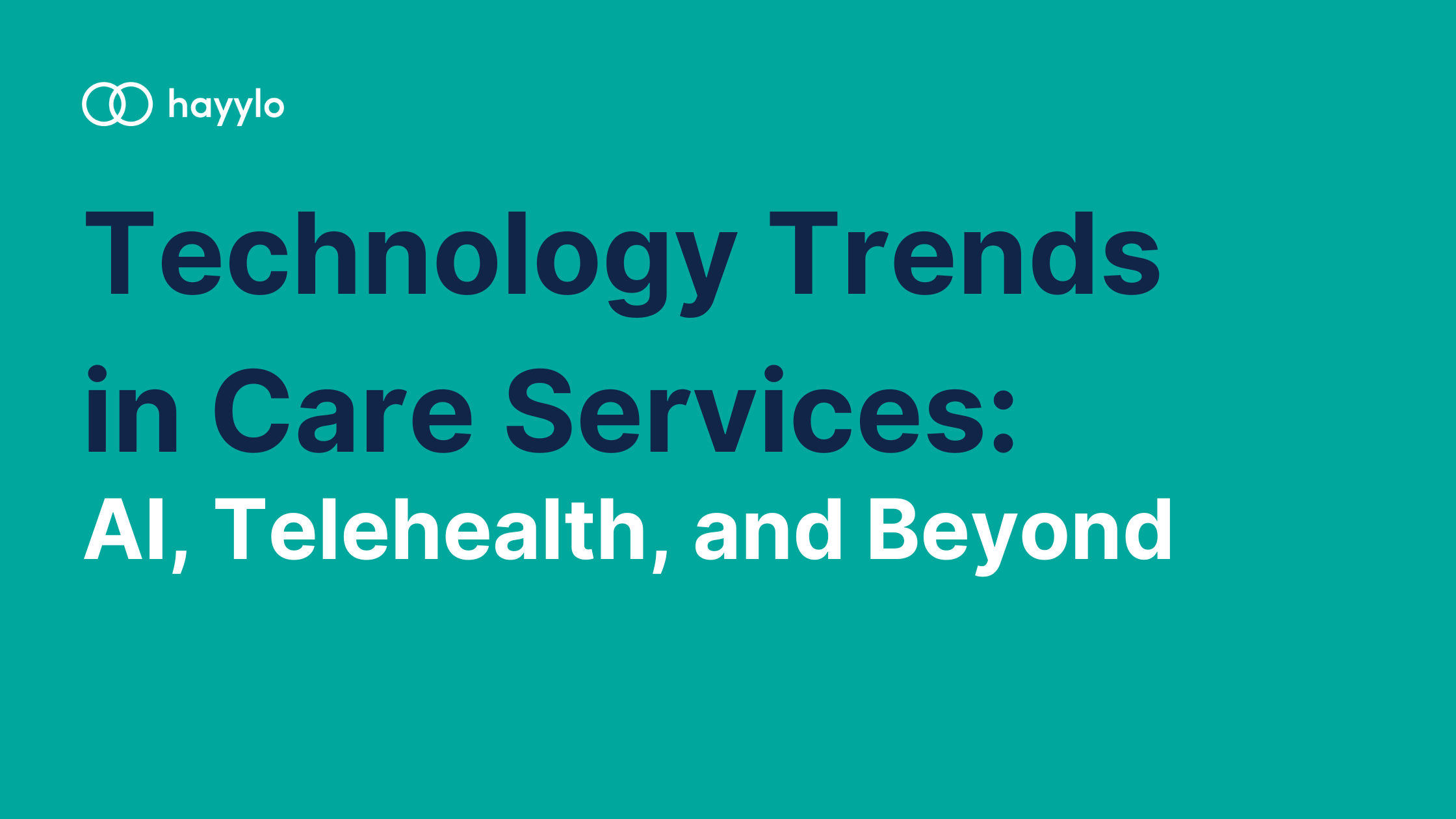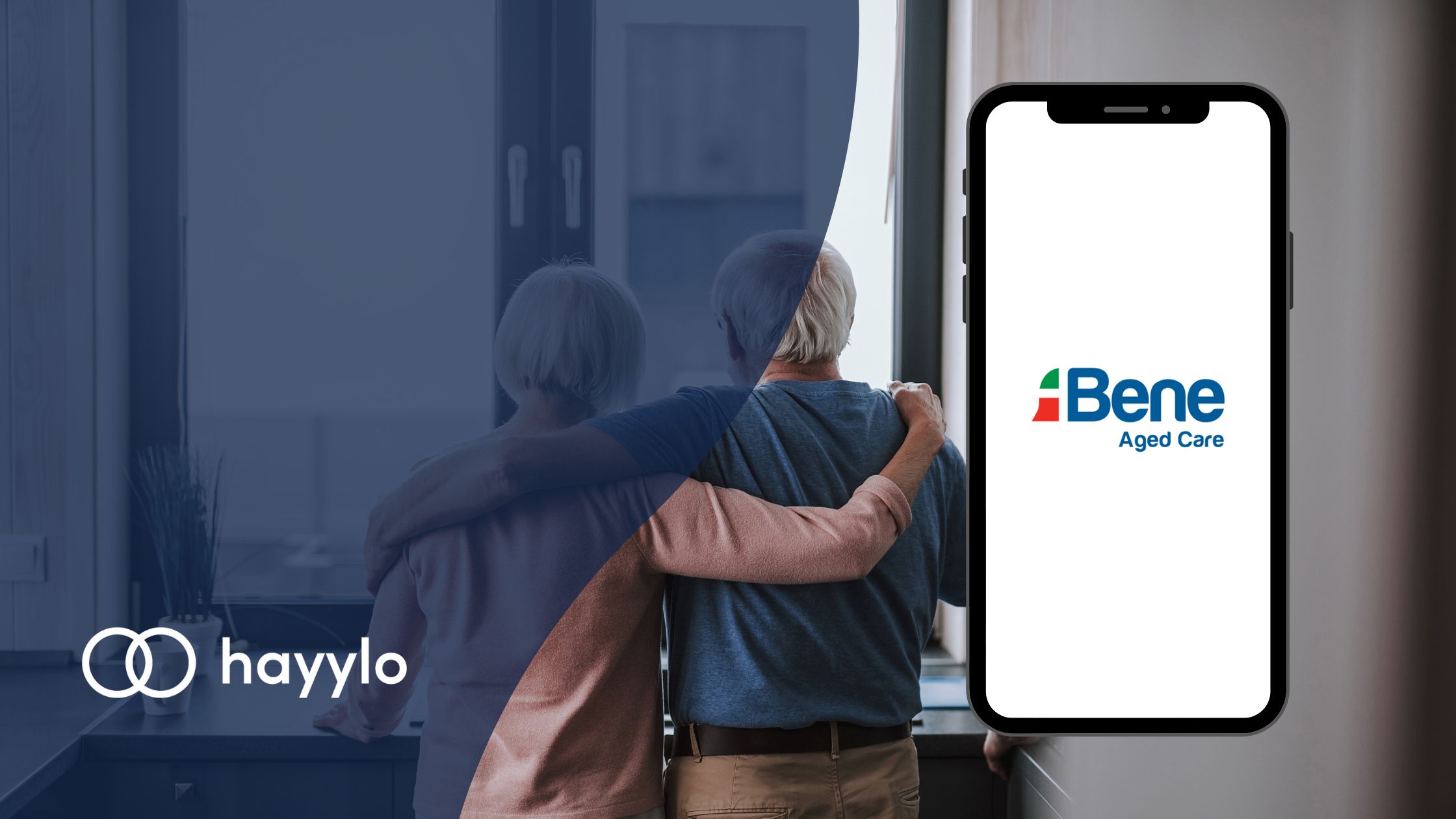In the aged care sector, technology is now playing an increasingly prominent role. From back-end operations to direct customer care, automated solutions and a range of aged care technology are being introduced to expedite service delivery.
In this regard, which tech interventions have proved to be the most significant?
Diving into the recent innovations within Australia’s fastest growing sector, our blog this week takes a look at 8 ways in which aged care technology is transforming the industry.
The Internet of Things (IoT)
IoT refers to the connection of devices that can be operated over the internet, allowing for the sharing of data and information. Given the specifics of the medical world, this is called the Internet of Medical Things.
In this industry, IoT has connected caregivers, doctors, and patients in a seamless web, allowing them to share information with greater ease and speed than ever before. This has enabled aged care providers to streamline medication schedules, health reports, exercise regimens, diet, and all other factors pertinent to the care giving process.
This has improved both customer engagement and experience, transforming care giving into an effortless and cost-efficient activity.
Phones apps
Nowadays, most aged care technology takes the form of handy phone/tab applications.
Another way in which effective customer engagement is leveraged, phone apps expedite and streamline the communication process between caregiver and recipient. Certain apps also allow users to monitor and track vital health indicators such as heart rate, pressure, medication schedule, location and other factors.
This information can be shared with family carers and service providers, enabling them to monitor and safeguard the health of those under their care. Other more recreational apps also keep users occupied and entertained – whether through a simple game of Angry Birds or digital publications that keep them up to date with the world around them.
Robotic assistance
Another trend infiltrating the industry is that of robotic assistance. As discussed in previous blogs, new robot assistants are slowly being introduced to either assist with the care giving process or provide companionship to the elderly.
From reminding patients to take their medication to allowing them to jive to golden classics, robots are likely to feature a huge part within this sector in the time to come.
Wearables
Another way in which aged care technology is changing service delivery is through the use of new and improved wearables.
Here, the elderly are equipped with gadgets that keep loved ones and service providers well informed about their whereabouts, well-being, and safety. For instance, certain devices have the ability to inform caregivers whether a patient has been immobile for a long period of time, including whether the fridge or bathroom has been used within a certain time frame. These devices are also automated to remind the elderly to take their medication and contact emergency services as and when required.
Smart medicine
Nowadays, smart pills and smart medication holders are equipped with edible sensors that can transmit information to aged care companies, allowing them to track medication usage.
For patients who are prone to forgetfulness and for whom medication is a matter of life and death, solutions such as this prove to be invaluable.
3D printed food
Another innovation in the aged care sector is the introduction of 3D printed food. Many elderly citizens have difficulty chewing and digesting all kinds of meals. Conditions such dysphagia compound this problem.
As a remedy to this, 3D printed food is now being introduced to help them get their required nutrients. Here, food is pureed, making it easier for them to eat while maintaining the appeal of various dietary options.
Floor sensors
Installed in a number of homes, hospitals, and aged care facilities, floor sensors are extremely useful when it comes to the care giving process.
Here, sensors in mats can track movements and alert families in case their loved ones suffer a fall or other related accidents. This allows the elderly to receive emergency assistance as soon as possible, reducing their pain, fear, and discomfort.
Patches/implants
Digital patches and implants are other key trends in the industry, allowing the elderly and medical personnel to monitor vital signs with little discomfort or hassle.
With regard to patients with Type 2 Diabetes, specifically, this allows them to simply wave a transmitter over their body in order to determine their glucose levels. This not just helps seniors take better care of themselves but also enables doctors and nurses to get an accurate reading of vital signs without subjecting patients to any painful or time taking procedures.
Key takeaways
The aged care sector employs a great number of technological solutions for improved service delivery. While the list above covers just a few of the many solutions used on a daily basis, these are some of the most decisive.
By leveraging the right tools and platforms, service providers now find it much easier to remain efficient and deliver quality service to one the most vulnerable populations in our society.
For home care providers keen on leveraging aged care software that can make a difference, hayylo can help. Contact us today for more information.




